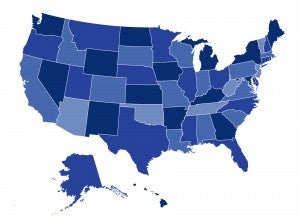What’s New for 2024 Marketplace Enrollment?

The annual open enrollment period for Affordable Care Act (ACA) Marketplace coverage kicks off November 1 in most states. A number of new and ongoing policy changes will impact the Marketplace in 2024, including special enrollment opportunities tied to the Medicaid “unwinding,” continuing enhanced financial assistance, and administrative flexibilities designed to reduce barriers to enrollment. CHIR’s Emma Walsh-Alker summarizes these and other recent policies that consumers may encounter this year.




